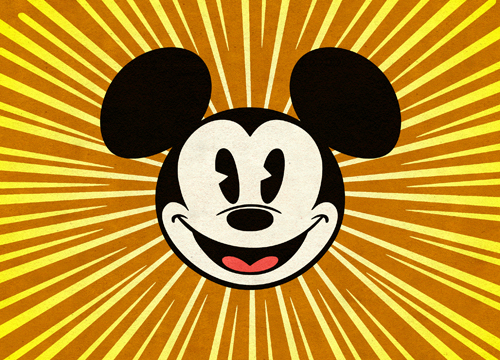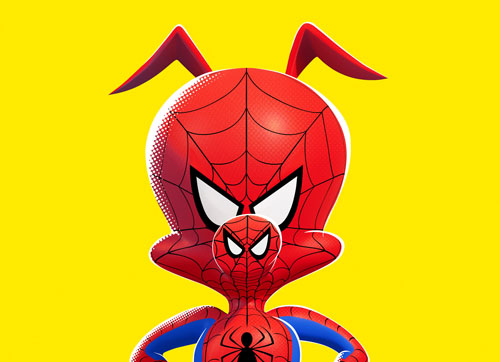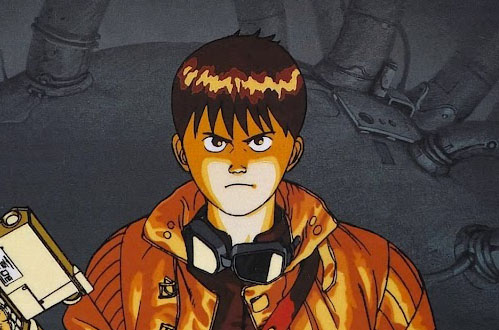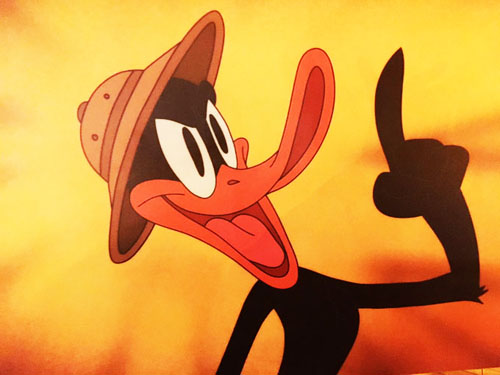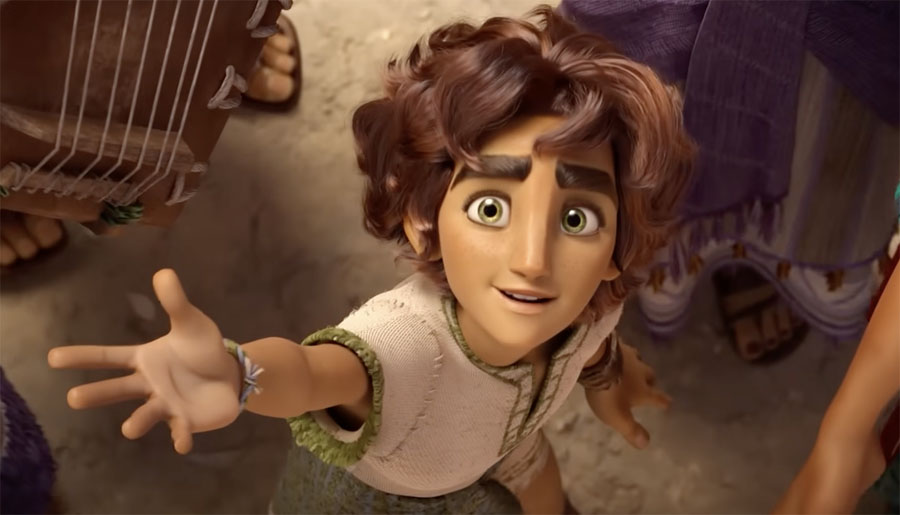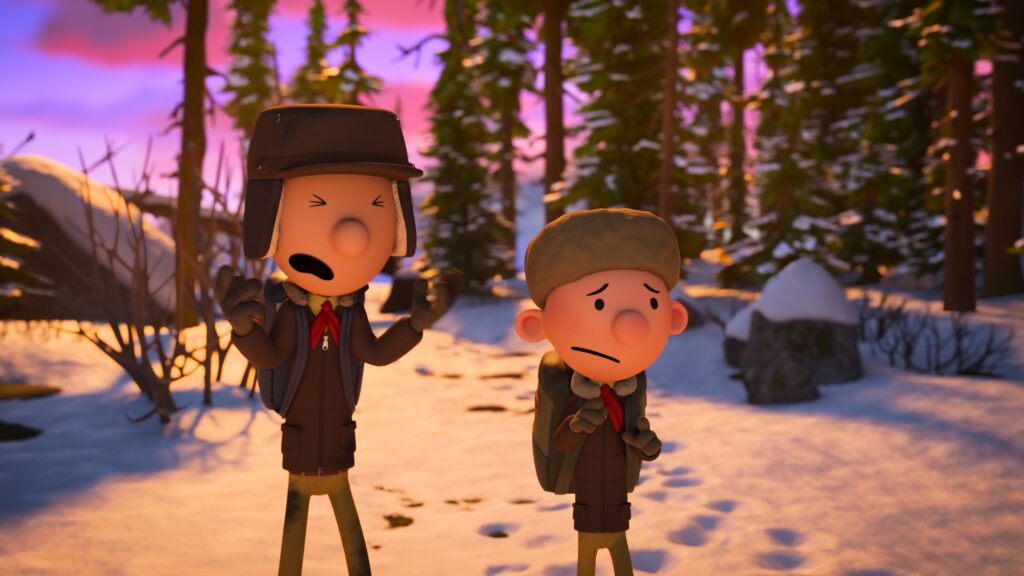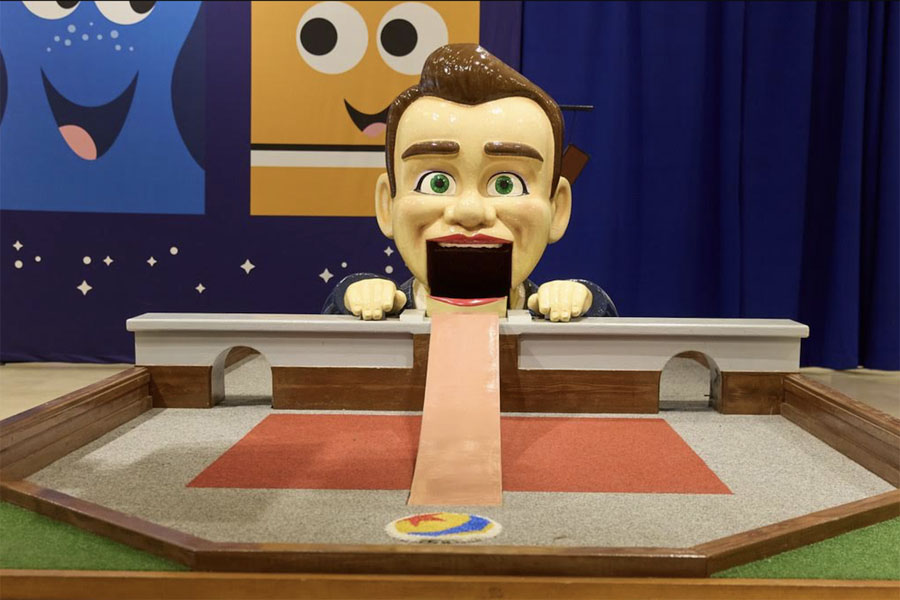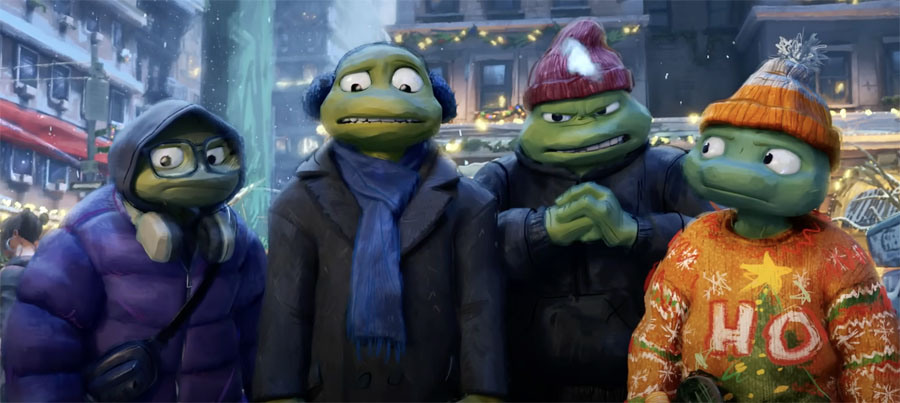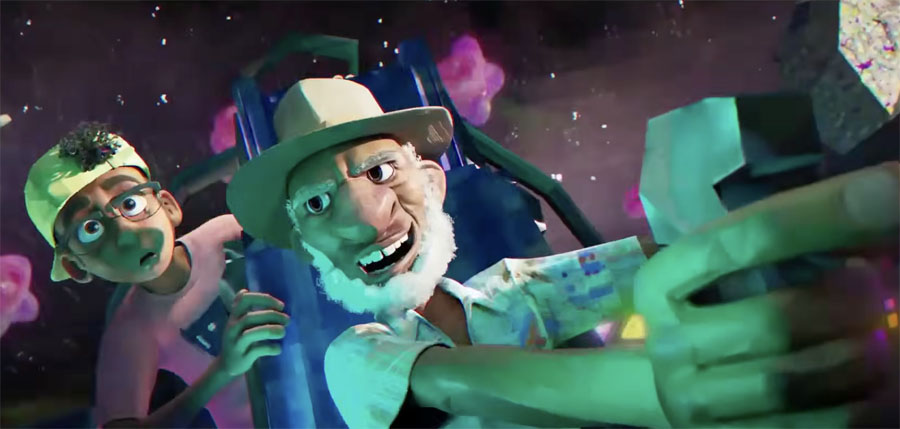Former college buddies and current Pixar animators Andrew Coats and Lou Hamou-Lhadj worked for five years, on nights and weekends, making an animated short that is completely different from anything Pixar or any other major animated studio would ever produce. And their efforts have now garnered them an Oscar nomination. Borrowed Time is a cowboy story that’s become a Hollywood story. I spoke with the filmmakers.
Jackson Murphy: Congratulations on “Borrowed Time”. How does it feel to be Oscar nominees?
Andrew Coats: It’s pretty surreal. You wait your whole life watching the Oscars and dreaming of one day being up on stage, but it never feels like it’s really really attainable. It’s hard to quantify, honestly.
Lou Hamou-Lhadj: It’s something that both Andrew and I have pushed out of our minds, in terms of it being remotely in the realm of possibilities. So hearing that news…was certainly a shock to our system. There was a lot of jumping, hugging, crying.
AC: It’s a fun time: a lot of hectic calls – a lot of favors, but everyone’s really excited.
JM: “Borrowed Time” has played at more than 50 festivals and won over 15 awards. What has the reaction been like?
AC: You make a movie, you spend all this time. “Borrowed Time” took five years to make, so it’s really exciting to get it in front of audiences and to go and watch it in front of an audience in a theater. There’s nothing better, right? It’s why we make movies – to try to connect with people. It’s been such a pleasure to experience it through audiences and kind of see it through their eyes. You get a little tunnel vision working at it on your own and with a team that’s seen it over and over. And you kind of forget how it affects people and what you’ve created in a lot of ways because you become too objective about it at that point. It’s been amazing. The year flew by.
JM: You guys are both graduates of the NYU Tisch School of the Arts, but in different years (Andrew in ’05 and Lou in ’08). You both ended-up at Pixar around the same time. Is that how you met each other?
LHL: Andrew and I certainly met within the animation hall of the Tisch building way back when. The group of students that choose to focus within animation is fairly small all things considered. It’s not it’s own major – it’s within the film department. So like minds tend to gravitate towards each other in those types of circumstances. And even though we were three years apart, we kind of identified in each other that we had similar sensibilities, and we liked each other’s work.
And what naturally came out of that – we ended-up helping each other out on our student shorts. That kind of lit something up for us, and we knew that we wanted to actually collaborate on something for real when we were established and out of school.
AC: We have a natural respect for each other that you don’t have with everyone. It’s been an awesome five years fostering that and growing together as filmmakers and respecting each other’s opinions and sharpening each other.

JM: This is not a Pixar short, but in the midst of these five years, you guys also worked on Pixar movies. So did you really work on “Borrowed Time” on the side while at Pixar?
AC: Yes. It’s not a Pixar film in any respect, but we did make it here on our nights and weekends. We have a program for continuing animation within the studio called Pixar University, and within that there’s a program called the Co-op where people tend to make live-action films. We were the first to actually get through a whole production of CG animation. It’s a very big, difficult technical achievement to get to because – there’s no literal support. You have to figure it out on your own and get the right people to help you on their time. We’re very grateful we had the opportunity to do it. It was a lot of blood, sweat and tears that went into those five years.
JM: The story of “Borrowed Time” isn’t one that could be done under the Pixar name or from any other mainstream animation studio because of the subject matter. Was your initial goal to make something much more mature than what you had worked on before?
LHL: Yeah, that was in large part what we set out to do. When you have these passion projects that you’re doing after hours, if you’re working in the same medium that you’re working in all day, you need to find some way to mix it up for yourself and keep it exciting and fresh. And for us that meant challenging ourselves to tell a story that was hopefully emotionally compelling to our audience and go in a place that people weren’t necessarily expecting.
There’s an unfortunate misconception, we feel, in the popular culture in America that animation is only relegated for children’s films or family films. But you look at films coming out of France or Japan or anywhere else in the world – even some independent films here in the states – people take more risks and go with a bit more of a mature palette. We wanted to just participate in that a bit.
AC: It’s also great to take a genre in itself, like a western, and challenge not only the genre itself but what better way to show that animation can be anything (and it’s not a genre in itself) than to pick a quintessential American genre and try to do something different with it.
JM: “Borrowed Time” is about a sheriff who returns to a place where something tragic occurred many years earlier. What classic westerns (TV shows or movies) did you use as inspiration for the story?
LHL: We certainly looked at… films like “3:10 to Yuma”, “Butch Cassidy”…
AC: We looked at a lot of the spaghetti westerns we grew up watching and newer films like “3:10 to Yuma”, “Unforgiven”, “There Will Be Blood”. There’s a lot of really great breath in westerns and there’s a lot of great iconography in westerns to play with. And coming from such a visual medium as animation, it was really exciting to play with those shot compositions and different editing techniques – just trying to find the energy and feel of the western genre and exploit that a little with visually how we told our story.
LHL: There is something, too, that comes with taking something that is that immediately recognizable in what that iconography portrays. You don’t necessarily have to establish as much of the world. You can get into the character a little bit sooner. We could…take things like the stoic cowboy and show a cowboy that’s broken – and show something that’s different in that context.
AC: Very seldom do you see a cowboy cry. That was something that was exciting for us – to get a cowboy to that place and humanize him.
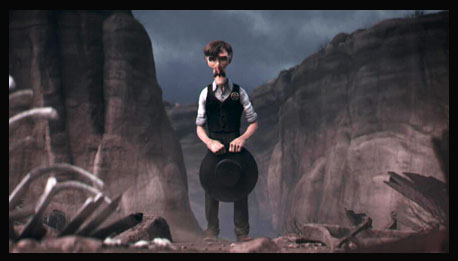
JM: I feel like the physical setting and the scenery are really characters in “Borrowed Time” as well. Did you study sunsets and stormy skies just to get that animation right?
LHL: Oh, yeah.
AC: There were a lot of paintings. We did all those skies, and there were a lot of conversations about the sunset at the end and which colors we would use – how were gonna use the storm rolling in and the lights, and how that was going to affect the mood. And the sky is 50% of the composition in most of our shots, and it was something we didn’t really plan for in the beginning and didn’t realize we needed the skies painted before we could even light shots because that’s the source of light in the scenes. These are the things we didn’t know going in.
LHL: We did go on a few research trips to, say, Arizona. We took a lot of photo references. But our lighting DP was really pushing on us to look for something that had an uncanny beauty to it – not your typical expectation of what an Arizona landscape would look like in terms of the way that the light plays. And a lot of that worked in setting up the skies… to get it to a place where you have that big sky country feel. That sunset, man, that was tricky.
JM: This year, two of the Best Supporting Actor nominees played sheriffs in their movies – Jeff Bridges in “Hell or High Water” and Michael Shannon in “Nocturnal Animals”. I’m sure you guys really want to meet them on Oscar night.
LHL: Yes!
AC: We’re beyond excited for all the prospects of all the people that we can meet. It’s pretty crazy. Jeff Bridges – I will give that man a hug.
